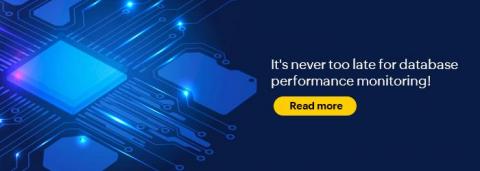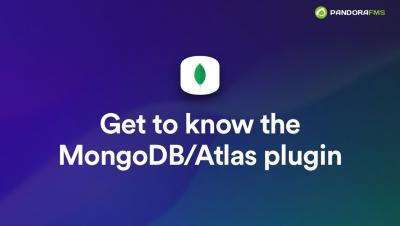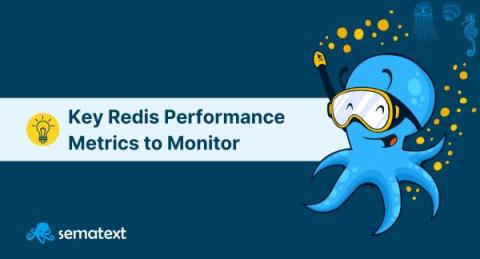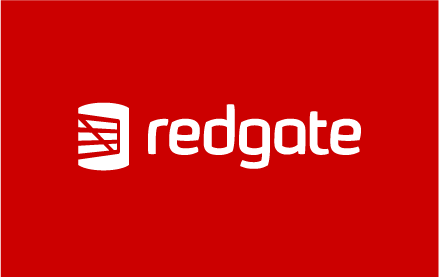Operations | Monitoring | ITSM | DevOps | Cloud
Databases
The latest News and Information on Databases and related technologies.
Never too late for database performance monitoring
A reliable database system is necessary in the IT operations of an organization to ensure unhindered delivery of information. This is especially true when it comes to business-critical applications, as disruptions in a database system directly impact the end-user experience, ultimately harming your revenue and reputation. Learn about the difficulties inherent to database systems and how monitoring helps resolve these problems.
A Deep-dive into VictoriaMetrics - The Open Source Time Series Database & Monitoring Solution
7 types of Redis latency and how to fix it
Redis is designed to be fast. In most cases, it is. However, there are times when Redis may be slow, due to network issues, disk latency, or other factors. When this happens, it is important to be able to detect the slow down and investigate the cause. Latency is the maximum delay between the time a client issues a command and the time the reply to the command is received by the client. Redis has strict requirements on average and worst case latency.
Get to know MongoDB Atlas plugin
A Simplified Introduction to Azure Database for PostgreSQL Flexible Server
Redis Monitoring: What Metrics Should You Measure to Ensure Performance
Redis is an open-sourced, BSD 3 licensed, highly efficient in-memory data store. It is used widely in the industry because of its incredible performance and ease of use. It can easily be used as a distributed, in-memory key-value store, cache, or message broker. It can hold virtually any data structure, making it highly versatile. Redis was architectured and developed with speed in mind and designed to keep all the data in memory.
Three Years in the Making: Redgate Launches Enterprise Version of Popular Open Source Migrations Tool, Flyway
Redis Monitoring Upgrade
Monitor Azure Cosmos DB for PosgreSQL with Datadog
Azure Cosmos DB for PostgreSQL is a fully managed relational database service for PostgreSQL that is powered by the open source Citus extension. With remote query execution and support for JSON-B, geospatial data, rich indexing, and high-performance scale-out, Cosmos DB for PostgreSQL enables users to build applications on single- or multi-node clusters.











